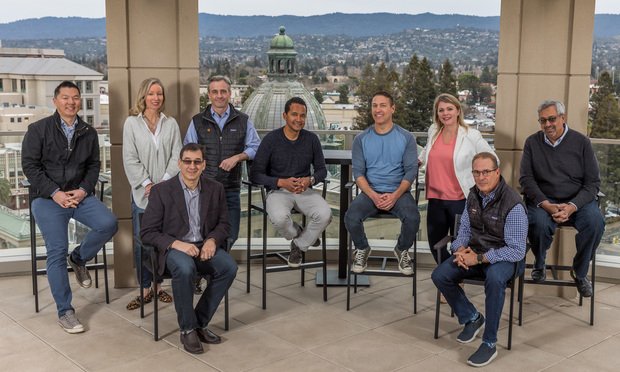WASHINGTON, DC-One of the government’s quieter programs launched as part of its economic rescue, the Public-Private Investment Program, has reported its latest performance statistics. According to figures provided by the US Treasury Department, the program delivered a $1.7 billion profit during Q1 2011.
Specifically, PPIP brought in $523 million in cumulative equity distributions and $1.2 billion in unrealized gains, for a 33% cumulative return. The funds drew down $20.9 billion, or about 71% of their total committed debt and equity capital, as of March 31.
So far taxpayers have paper profits of 11.1% on the PPIP investments, says Linus Wilson, an assistant professor of finance at the University of Louisiana at Lafayette. Wilson has been tracking these programs and derives that figure as follows: taxpayers have contributed $5.26 billion in equity to the funds which has had a return of 32.8%, and have lent the funds $10.42 billion which has returned 1.1% to date. “The blended return between those debt and equity investments is 11.1%,” Wilson explains to GlobeSt.com.
That said, Wilson believes with the Fed and the US Treasury looking to unload their mortgage holdings, it is uncertain if the 11.1% paper profits in the PPIP will be realized. There are a number of reasons why they might not, he says. “To date only 7% of taxpayer’s monies invested in the PPIP program have been returned. Further, taxpayers are committed to pass out another $6.42 billion of debt and equity to the PPIP funds in addition to the $15.7 billion of taxpayer monies already contributed to these investments.”
Then there is the matter of PPIP’s generous interest rates, Wilson continues. “My research shows that the high interest rates charged in the TALF program encouraged about half the funds to pay back their CMBS loans before 2011. Unfortunately, the PPIP’s interest rates are so generous that repayments of the taxpayer’s loans are less than 5% of the loans extended. Instead these investment funds are paying generous dividends to private investors while most of the taxpayers’ loans are still at risk.”
© Touchpoint Markets, All Rights Reserved. Request academic re-use from www.copyright.com. All other uses, submit a request to [email protected]. For more inforrmation visit Asset & Logo Licensing.







